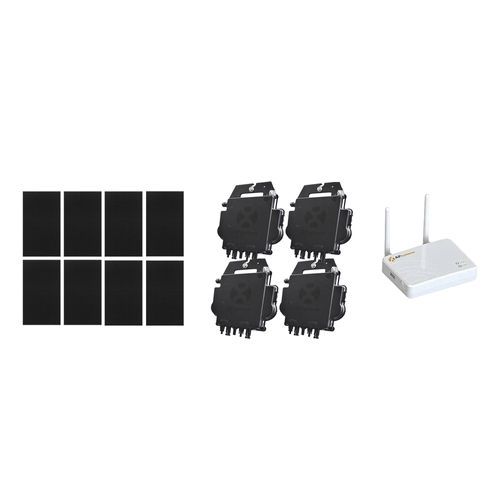Solar Storage Batteries
- Solar panels and off-grid solar electric systems are fast becoming the norm for many homeowners and business owners. However, solar energy storage can be tricky for individuals looking to install a solar power system. Even with solar panels, solar storage batteries are required to store surplus energy. Therefore, solar storage batteries with a panel controller are essential. ArchiPro is there to cater to all solar charging needs!Why ArchiPro?
No more endless searching -
Everything you need, all in one place.Real projects, real experts -
Work with vetted architects, designers, and suppliers.Designed for New Zealand -
Projects, products, and professionals that meet local standards.From inspiration to reality -
Find your style and connect with the experts behind it.Start your Project
Start you project with a free account to unlock features designed to help you simplify your building project.
Learn MoreBecome a Pro
Showcase your business on ArchiPro and join industry leading brands showcasing their products and expertise.
Learn More








